- Home
- Articles
- Dig Into The Colorful Country of Morocco With Its Syrup Drenched Pastries and Light Cakes
From weddings to Ramadan feasts, many Moroccan desserts are punctuated with elaborate displays of baked goods like multilayered nut-filled baklava, almond-rich snake pastries, and more to commemorate togetherness and community.
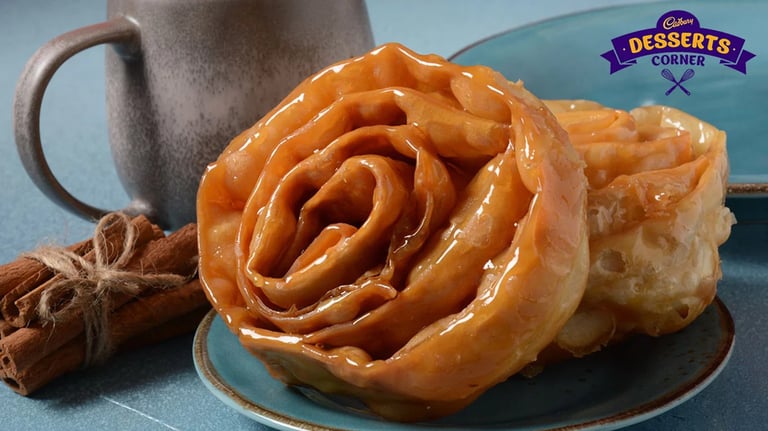
The desserts of Morocco are a fairly simple affair with sweet treats like Salade d’Oranges à la Cannelle which is just orange with a sprinkle of cinnamon powder and a generous drizzle of infused syrup. But there are also the denser variety that needs baking like lemon cakes and almond pastries. Much like its cityscape that is a mix of the old and new interrupted by colorful dye pools, their intricate architecture, textiles, and spices, the desserts complete each of the relics of the city.
1. M’hancha (Moroccan Almond Snake Pastry)
This traditional Moroccan pastry takes the form of an intricately coiled snake. M'hancha is crafted by wrapping warqa pastry - renowned for its ultra-thin, delicate texture - around a rich almond paste filling. Warqa is the customary paper-thin pastry of Morocco, though phyllo dough can substitute. Large versions can be made for sharing at gatherings, where guests break off pieces from the outside of the coil. Alternatively, m'hancha may be shaped into small, individual-sized coils, or simply prepared as small stick-like lengths of wrapped almond paste. Different versions of traditional Moroccan almond paste are used for the filling as well. Once baked, the pastry may be dusted with powdered sugar or drizzled with warm honey and sprinkled with ground almonds.
2. Baklava
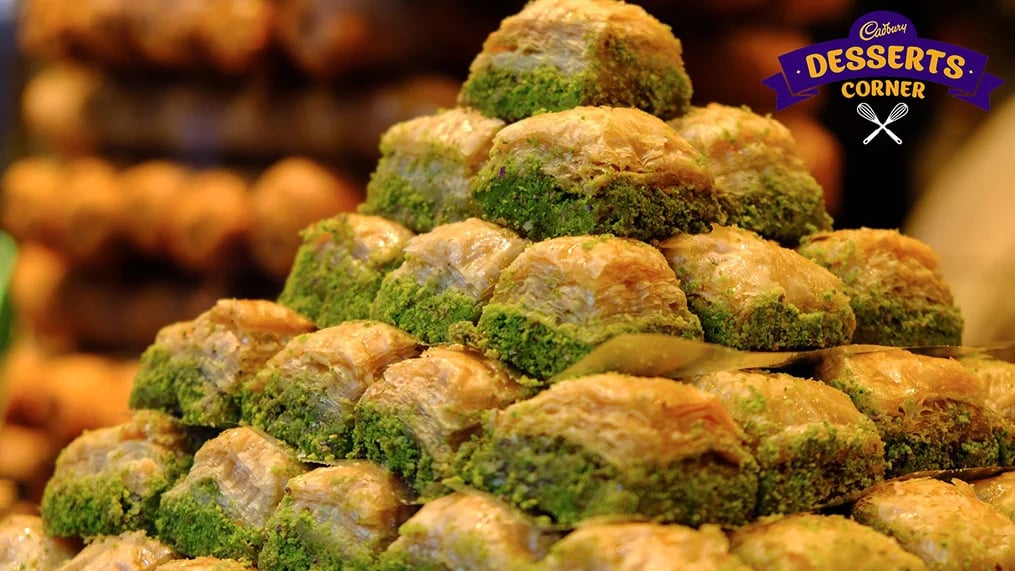
Moroccan baklava features almonds prominently due to being indigenous in the country and as for Baklava, that is a Middle Eastern influence. Commonly called baklawa in Morocco since Arabic omits the letter "v", it layers a nutty almond filling between extremely thin sheets of pastry dough. A syrup flavored with orange blossom water adds that sticky sweetness and complements the flavor of the almonds. The North African style of making baklava also differs a little with the dough being rolled out incredibly thin and layered to enclose the almond filling.
3. Ktefa (Jawhara)
Ktefa, also known as Jawhara or milk Bastilla, is another popular Moroccan dessert made simply with the warqa pastry, mentioned above. After cutting the warqa into circles, it is fried until crispy and golden. Layers of the pastry are then assembled with a filling of custard sauce and almond crumbs sandwiched between. The custard is created by thickening milk with cornstarch on the stovetop. Ktefa is composed of multiple thin, crispy layers of fried warqa pastry. Between each layer is a combination of toasted, ground almonds and sugar for flavor. The whole dessert is doused in the creamy orange blossom-scented custard. Ktefa typically contains five to six layers and may be garnished with almond slivers, cinnamon, powdered sugar, or mint.
4. Meskouta (Moroccan Lemon Cake)
Here is a rewrite without the recipe details:
Moroccan cakes, called meskouta, come in many flavors including a light and flavorful lemon version. This cake takes minimal time to prepare and can go straight into the oven. It can be enjoyed warm from the oven without any frosting, though a quick glaze can also be added. A traditional meskouta is often served with tea or for breakfast. Made with pantry staples, it does not require special equipment like a mixer. Extra virgin olive oil gives the cake moisture within and a golden exterior when baked. While excellent on its own, the lemon meskouta can be made more delicious with additions like whipped cream and dark chocolate shavings.
5. Moroccan Beghrir
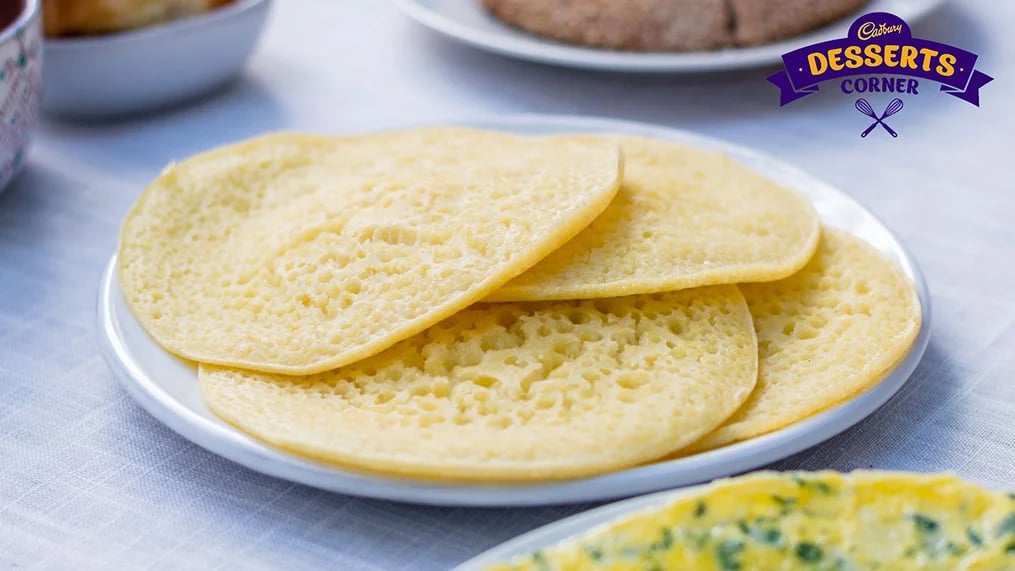
Beghrir is a kind of light and fluffy Moroccan pancake made from semolina flour. Yeast causes the batter to become filled with tiny bubbles that rise to the surface as each beghrir cooks. It is semolina which lends beghrir its signature yellow color. These bubbles are key to the texture and appearance of the Beghrir as this unique texture is what gives beghrir its characteristic spongy, honeycomb-like appearance. While usually cooked on just one side, in some regions they may be briefly flipped. When prepared this way, they are sometimes called khringos. Beghrir is commonly enjoyed sweetened, such as dipped in butter and honey syrup. Jam or preserves may also accompany them. Leftovers can be frozen between sheets of parchment or plastic wrap.
6. Chebakia
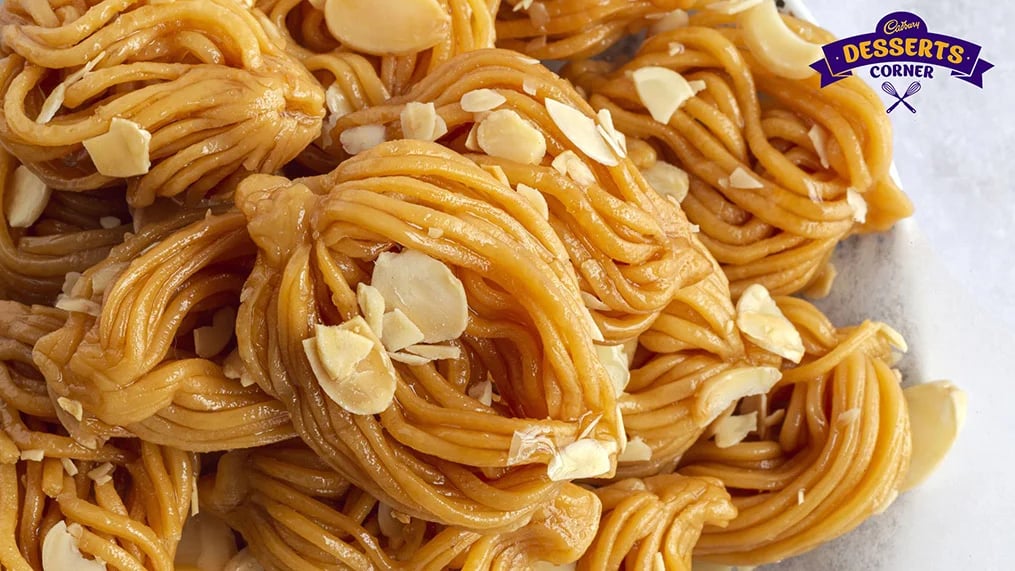
Chebakia is a famous Moroccan cookie associated with Ramadan and special occasions and also known as griouech or mkharka, which is shaped into blooming rose flowers before being fried. The fried dough is then dipped in a hot honey syrup flavored with orange blossom water. During Ramadan especially, Moroccans often enjoy chebakia alongside harira soup while breaking their fast. They also feature at weddings and birth celebrations. The sticky-sweet sesame cookies can be found year-round in bakeries and markets and can be quite addictive.
Like This Article?
More Like This



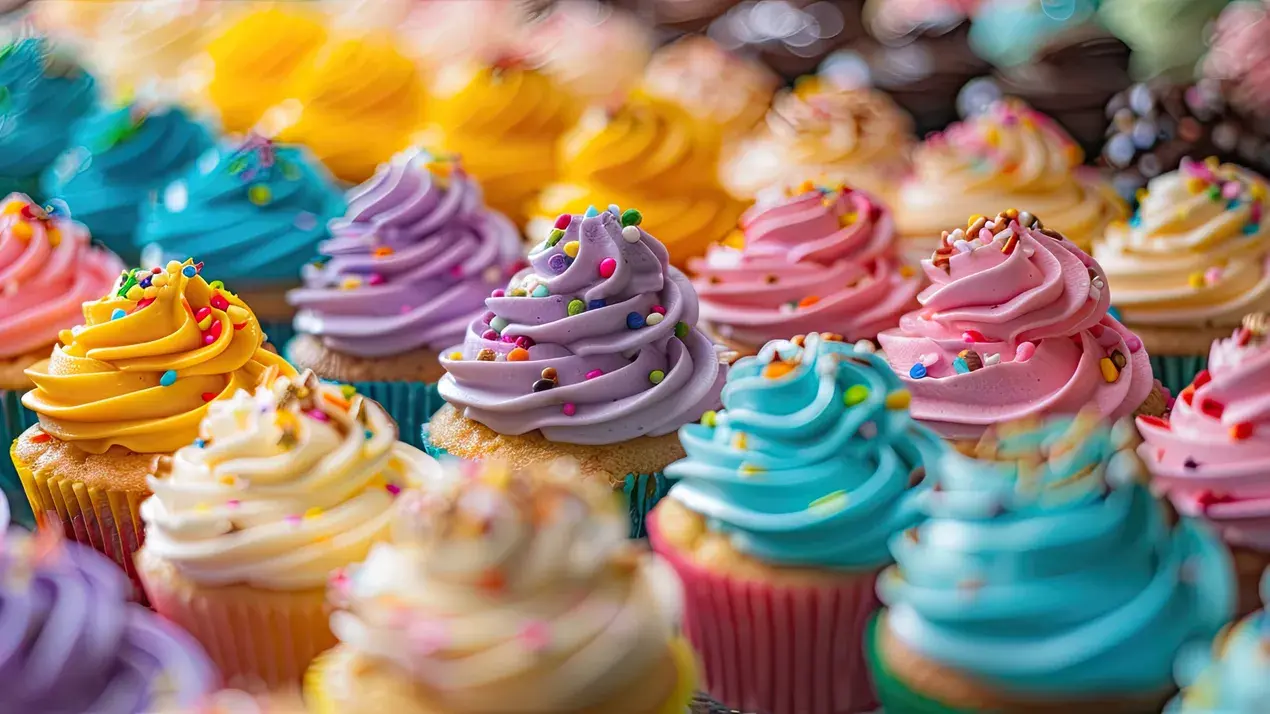
Popular Articles





Trending Web Stories
Curated Recipes


















